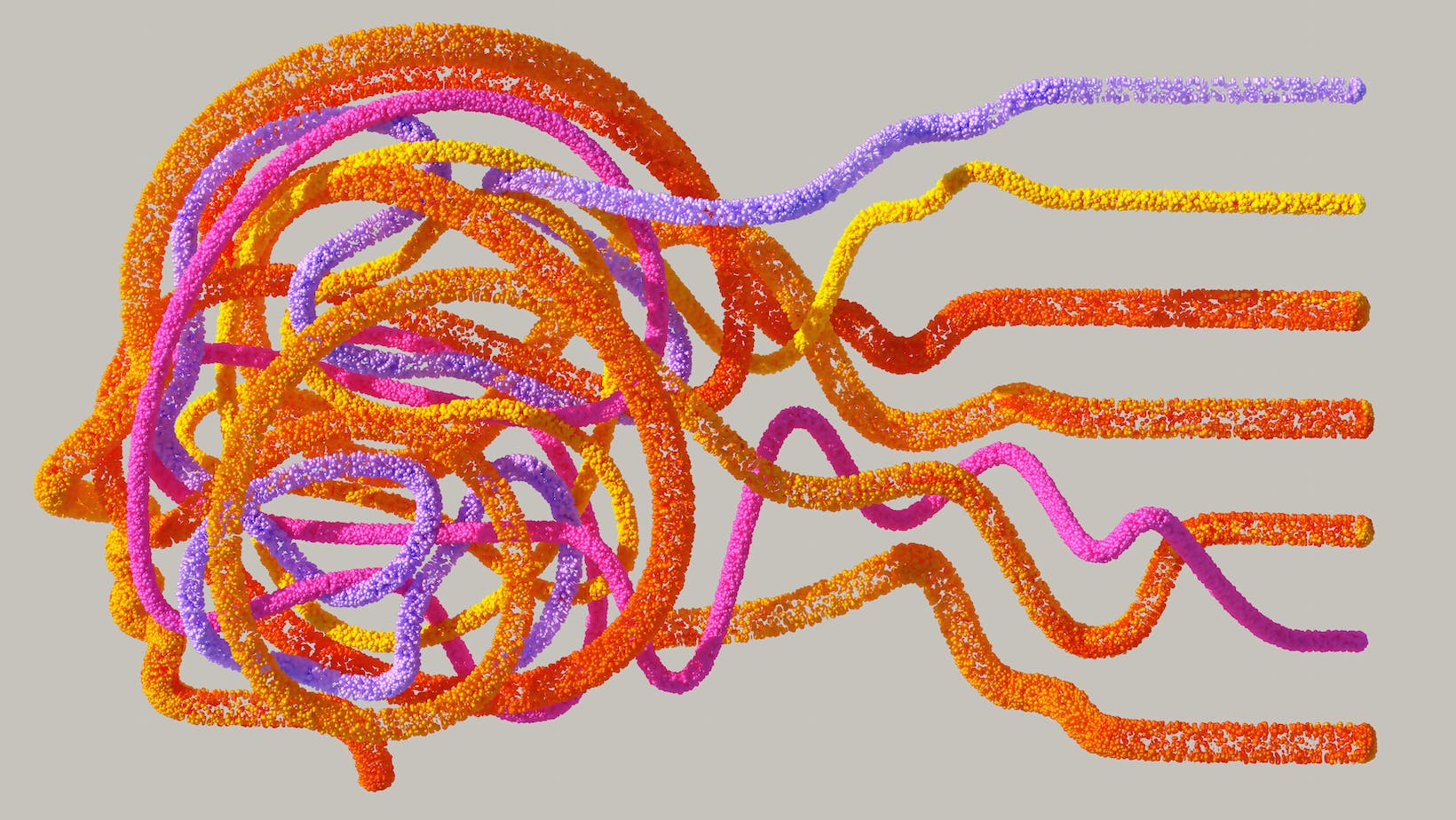
What is the Difference Between Metameres and Septa
In the fascinating world of biological structures, two terms that often come up are “metameres” and “septa”. While they may seem confusing at first glance, knowing the difference between these two is essential to understanding certain aspects of biology.
Metameres are segments found in many animals, where similar structures repeat along their body axis. Think about a millipede’s body: each segment looks alike, right? That’s because it’s made up of metameres! Meanwhile, septa (the plural form of septum) represent divisions within an organ or body part. If you’ve ever looked closely at an orange slice, you’ll see thin walls separating the juicy parts – those are natural examples of septa.
So here we have it: metameres refer to repeating segments in some creatures’ bodies whereas septa denote internal partitions within an organ or tissue. Dive deeper with me into this intriguing topic as I dissect the nuances and complexities surrounding metameres and septa in more detail.
Overview of Metameres
Diving right into it, let’s talk about metameres. So what exactly are they? Simply put, these are the repeating units that make up the body of several animals, particularly those in the phylum Annelida – think earthworms and leeches. Now you’re probably wondering how this works. Well, each metamer (that’s the singular form) contains a similar set of organs and structures which repeat throughout an animal’s body.
These repeating segments or metameres are not just random repetitions though; there’s an order to them. Each one is typically separated from its neighbors by a partition called a septum (more on that later). This segmented organization has some real perks for our wriggly friends in question.
For starters, it allows these creatures to move more efficiently through their respective environments. Imagine you’re an earthworm burrowing through soil – with your body divided into multiple independent segments, you can contract and expand different sections as needed making movement smoother.
But that’s not all! This segmentation also offers benefits when it comes to withstanding damage or injury. Let’s say a bird decides to have an earthworm for breakfast and takes a bite out of it – sad for the worm but not necessarily fatal because each segment functions somewhat independently.
In terms of evolutionary advantages, this system of segmentation sets up a framework for diversity too – changes can occur in individual segments without affecting others creating opportunities for new features to evolve while still maintaining basic functionality.

Features of Metameres
Let’s dive right into the heart of this fascinating topic: metameres. These intriguing structures are essentially repeated segments that make up the bodies of certain animals, predominantly seen in annelids and arthropods. They’re not just random repeats but have a distinct structure with similar parts arranged in a series.
I’m sure you’re wondering what makes metameres so special? Each metamer (that’s the term for one segment) often carries its own set of organs for digestion, excretion, and locomotion. This feature enables these creatures to perform complex tasks with precision and efficiency.
Now let’s talk about differentiation among metameres. Though they might appear identical at first glance, there can be noticeable differences between them based on their function or location within the organism. For instance, some may house reproductive organs while others could contain respiratory systems or even defensive mechanisms.
You’ll find it interesting to note that this segmentation isn’t static! The number of metameres can change throughout an organism’s life depending on species-specific growth patterns. In some cases, new segments form at one specific part of the body such as near the posterior end.
It’s also important to mention that each metamer is separated from its neighbors by septa – thin walls providing structural support and aiding in locomotion. But don’t confuse septa with metameres! While both are integral to segmented organisms’ anatomy, they have different functions which we’ll delve into further down this article.
So you see, understanding how nature designs these intricate details is truly captivating! Not only does it offer us insights into biological diversity but also opens doors for technological advancements inspired by these natural phenomena.



